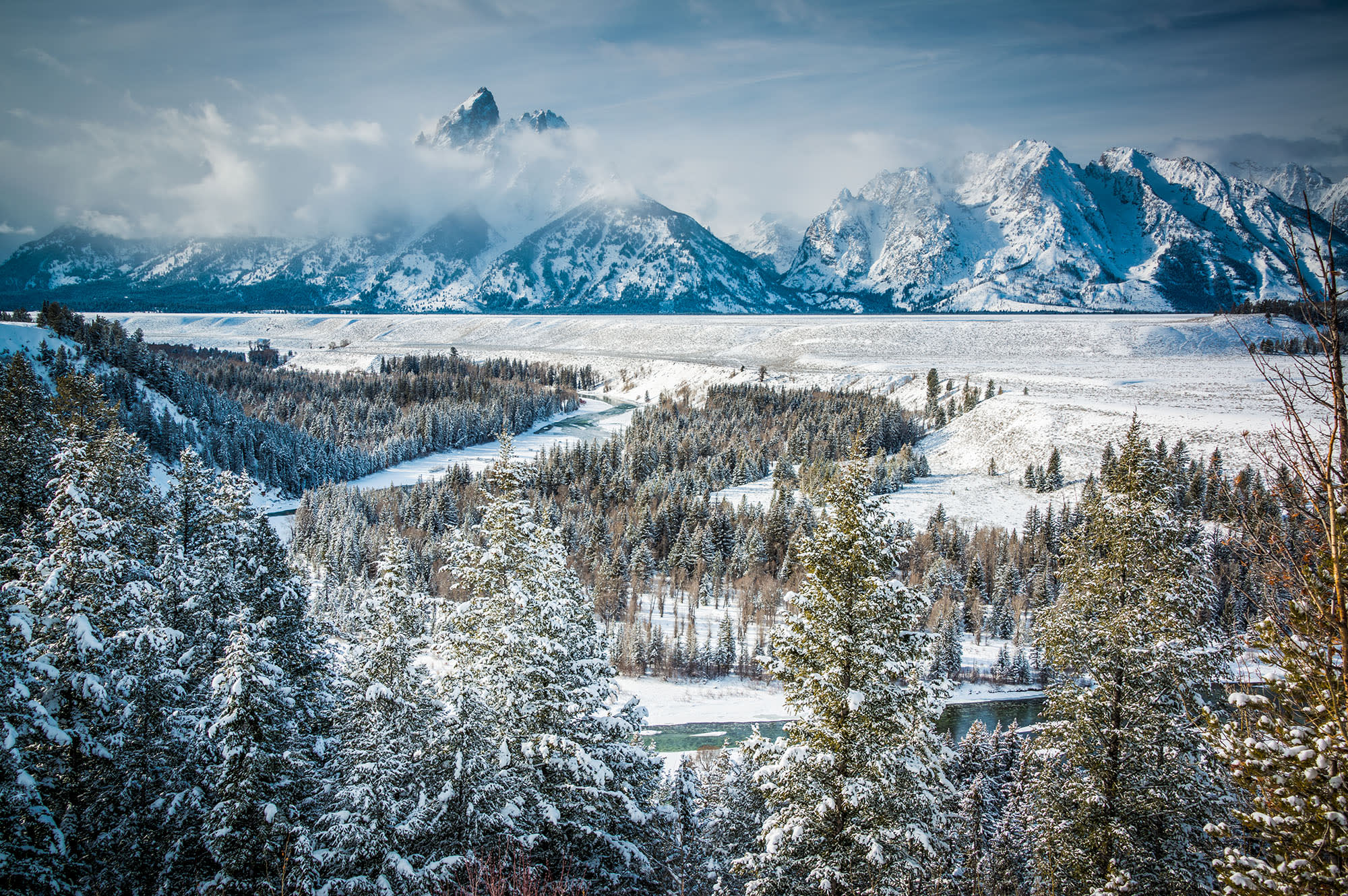
Kite Skiing in Utah: Shredding the Gnar, Er, Sky
An extreme sport with ultimate thrills. Strap on your ski boots, it’s going to be a wild ride.
By Kathleen Clove
Snow skiing? Excellent. Snowboarding? Boss. Snowkiting? So. Fly. Extreme winter sports enthusiasts are eagerly embracing the sport that takes you faster and higher. Thrill junkies, start your (wind-powered) engines.
What is kite skiing (aka snowkiting or kite snowboarding)? Basically, it’s paragliding with snow skis or a snowboard. Think of it as cross-country skiing without the effort. And waaaay more adrenaline.
It sounds simple enough. Buckle up your skis and put on a harness that’s attached to a kite. The wind picks up the kite and you go. Fast. Like, really fast. You can glide, jump or do a 360 while hurtling across a plain. Hang time? Whole new ballgame. Yes, it’s as insane — and thrilling — as it sounds.
Get Schooled
If you’re already an intermediate to advanced skier or snowboarder, you should be able to pick up snowkiting. And if you already have the ski equipment, you just need the kite. Still, you may want to take a lesson or two before heading out on your own. Lessons for kite skiing in Utah are taught around Salt Lake City, Park City and Ogden.
With or without formal lessons, you’ll need to learn a few basic skills.
- Evaluating the weather (channel your inner meteorologist)
- Reading the wind (tea leaf reading doesn’t count)
- Launching, steering and landing (using a harness takes some finesse)
- Depowering the kite (so you’re not dragged off into the sunset)
Starter Kit
To get a feel for kite skiing (and to see if you really have the guts for it), start with a trainer kite. It’s a smaller, two-line parafoil that’s easier to maneuver than the four-line you’ll use later. It will help you get familiar with the power of the wind, without knocking you off your feet.
Try the kite while wearing your basic kicks — running shoes, bunny slippers, whatever. We won’t judge. You don’t even need to wait for snow (which is good if you chose flip flops). In fact, you can start practicing any time of year. Once you become comfortable working the kite — really comfortable — get the skis ready.
Suit Up
You can use either downhill skis or a snowboard, although traditional skis may be easier when first learning. You’ll also need a helmet. Knee and shoulder pads are optional, depending on the ski surface, but you might appreciate having the extra padding as you’re learning.
Lessons are strongly recommended when you feel ready to advance to a standard kite. It is an extreme sport, after all, and there is a greater risk of injury without proper training.
Go Your Own Way
One major bonus of kite skiing: You don’t need a ski pass. While you can snowkite in the mountains, most people prefer flat areas with plenty of open space. Basically, look for a spot with loads of snow but no trees or power lines to tangle your kite. Or crash into.
A park or golf course would work well (make sure you have permission first). For the more experienced, a frozen lake can be a great option, too. However, you’ll need to stay alert for any thin spots. Also, always bring along a buddy and ice claws, in case you fall through the ice.
Meet Some Friends
The most popular spot for kite skiing in Utah is Skyline Snowkiting Complex in Sanpete County. It has deep snow, large open bowls and fairly constant wind of 5-20 mph — you don’t need much since skis glide so easily over snow. Taking advantage of the wind’s natural lifting power, experienced kite skiers have been known to hit 50 mph and jump up to 100 feet at the site.
Around Ogden Valley, Powder Mountain, Pineview Reservoir (when completely frozen over) and Monte Cristo are also common sites for kiteboarding in Utah. The altitude and wind exposure in the area lend themselves to ideal conditions.
Even if you’re not interested in trying the sport yourself you can still appreciate it. Head over to one of the popular sites on a brisk winter morning, and you just may see a bevy of bodacious kite skiers shredding the sky. Gnarly.